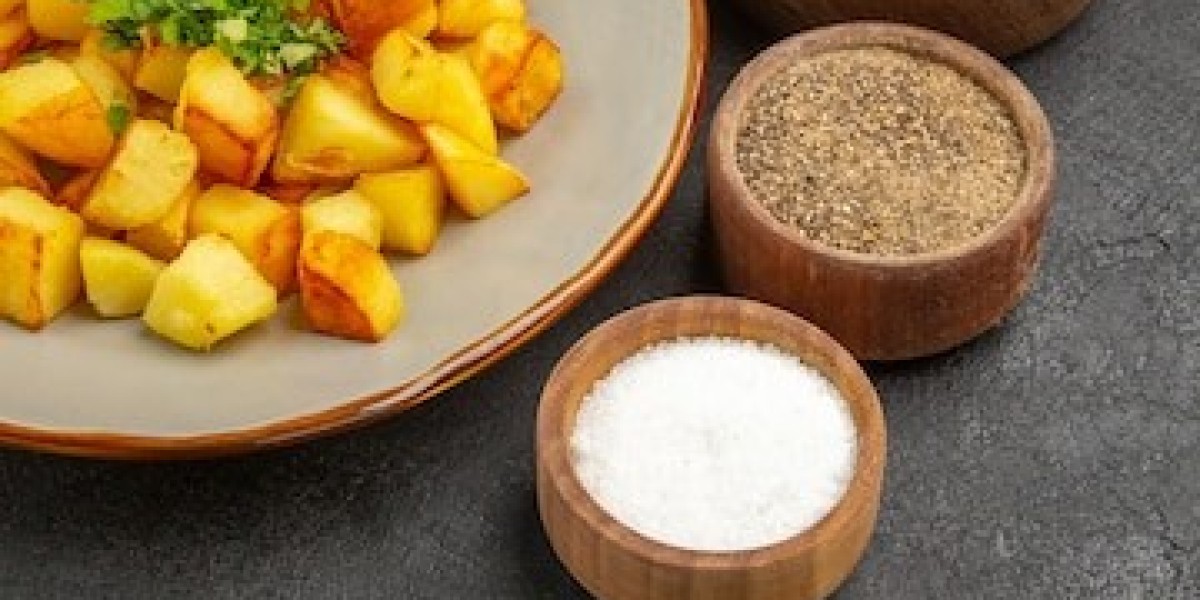Mango Achar, or mango pickle, is a beloved condiment in many South Asian cuisines. The type of mango used in achar—green (unripe) or ripe—significantly impacts the flavor, texture, preparation method, and overall culinary experience. Here, we delve into the key differences between green and ripe mangoes in mango achar.
national achar, or Pakistan pickles, offer health benefits by aiding digestion due to their probiotic content and enhancing meals with their rich flavors and nutrients. Additionally, they can provide essential vitamins and minerals from the preserved vegetables and spices.
1. Flavor Profile
Green Mangoes: Green mangoes are unripe and have a tart, tangy flavor that is often described as sharp and citrusy. This tartness is a fundamental characteristic of traditional mango achar, providing a refreshing counterbalance to the rich, spicy, and oily components of the pickle. The acidity of green mangoes is the cornerstone of their appeal in achar, as it blends harmoniously with spices like mustard seeds, fenugreek, and chili powder.
Ripe Mangoes: In contrast, ripe mangoes are sweet, and juicy, and have a complex flavor profile that can range from mildly sweet to intensely sweet, with undertones of honey, citrus, and even floral notes. When used in achar, ripe mangoes impart a different kind of sweetness that can transform the pickle into a more nuanced and layered condiment. The natural sugars in ripe mangoes also contribute to a more caramelized and rich taste, especially when cooked.
2. Texture
Green Mangoes: The texture of green mangoes is firm, crisp, and fibrous. This firmness is ideal for pickling, as it ensures that the mango pieces maintain their shape and provide a satisfying crunch even after being marinated in oil and spices. The fibrous nature of green mangoes also helps in absorbing the spices more effectively, leading to a more intense flavor profile in the achar.
Ripe Mangoes: Ripe mangoes, being softer and more fibrous, tend to break down more easily during the pickling process. This softness can lead to a different textural experience, where the mango pieces may become more integrated into the pickle, creating a spreadable consistency. The juice from the ripe mangoes can also be mixed with spices and oil, creating a more homogenized mixture that can be used as a dip or spread.
3. Preparation and Preservation
Green Mangoes: The preparation of green mango achar typically involves slicing the mangoes into uniform pieces, which are then salted to draw out moisture. This salting process not only enhances the flavor but also helps in preserving the mangoes. The salted mangoes are then mixed with a variety of spices and often preserved in mustard oil, which acts as a natural preservative. Green mango achar can be stored for longer periods due to the high acidity and salt content, which inhibit bacterial growth.
Ripe Mangoes: Making achar with ripe mangoes can be more challenging due to their higher moisture and sugar content. The preparation might involve reducing the ripe mangoes to a pulp or slicing them finely. The higher sugar content can lead to quicker fermentation, so ripe mango achar often requires more careful preservation techniques, such as refrigeration or sterilization of jars, to prevent spoilage. The use of vinegar or additional sugar can also help in preserving the achar.
Note: To make mango achar recipe in urdu, mix chopped raw mangoes with spices like mustard seeds, fenugreek, and red chili powder, then marinate in mustard oil. Allow the mixture to ferment in sunlight for a few days until the flavors meld.
4. Culinary Uses and Pairings
Green Mango Achar: Green mango achar is typically used as a condiment to add a burst of tangy flavor to a wide range of dishes. It pairs exceptionally well with rice, lentils, and flatbreads like chapati or paratha. Its sharpness also complements the richness of curries and grilled meats. In many cultures, green mango achar is a staple on the dining table, adding vibrancy to everyday meals.
Ripe Mango Achar: Ripe mango achar, with its sweeter profile, can be used in more versatile ways. It can serve as a chutney, a spread for sandwiches, or an accompaniment to cheeses and charcuterie boards. The sweetness of ripe mango achar can balance spicy dishes, making it a popular addition to barbecue spreads and as a glaze for roasted meats. It can also be incorporated into desserts, providing a unique twist to traditional sweets.
5. Nutritional Differences
Green Mangoes: Green mangoes are rich in vitamins C and A, which are beneficial for boosting immunity and promoting healthy skin. They also contain dietary fiber, which aids in digestion. The tartness of green mangoes comes from the presence of organic acids like citric acid and oxalic acid, which have antioxidant properties.
Ripe Mangoes: Ripe mangoes are a powerhouse of vitamins, particularly vitamin C and vitamin A, along with essential minerals like potassium and magnesium. The natural sugars in ripe mangoes provide an energy boost and their higher fiber content aids in digestion. The antioxidants present in ripe mangoes, such as beta-carotene and flavonoids, contribute to overall health and well-being.
Conclusion
Both green and ripe mangoes bring their unique attributes to mango achar, creating diverse culinary experiences. Green mangoes offer a tangy, crunchy, and preservable pickle that is integral to traditional meals, while ripe mangoes provide a sweet, soft, and versatile condiment that can be used in various innovative ways. Understanding these differences allows for a deeper appreciation of the art and science of making mango achar, celebrating the rich flavors and cultural heritage associated with this beloved condiment.








